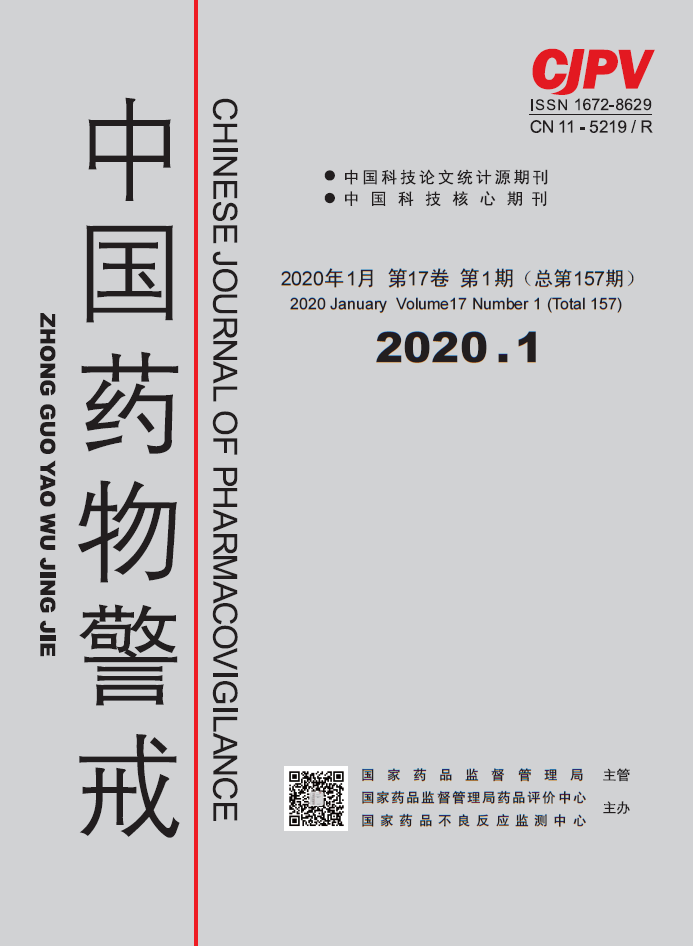|
|
Study on the Difference of Liver Metabolism Spectrum among Different Species, Sexes and Ages of Mice
LI Haishan, JI Hainan, SONG Naining, LI Bin, SUI Feng, LI Yingfei, GUO Jiabin, JIA Qiang, LI Hua, GAO Yue, SHEN Guolin
2020, 17(1):
6-11.
DOI: 10.19803/j.1672-8629.2020.01.02
Objective To study the differences of liver metabolism spectrum among different species, sexes and ages of mice, so as to provide the material basis for the study of toxicity difference of toxic drugs by using metabolomics and other related techniques. Methods Eight-week-old C57 male, C3H male, and C57 female mice as well as 2-week-old unweaned C57 male mice were used as subjects, to study the difference of liver metabolism spectrum among different species, sexes and ages of mice by using metabonomics-related techniques combined with molecular biology techniques. Results The Results showed that there were differences in the relevant metabolic pathways in the livers of mice of different species, sexes, and ages, which were mainly related to the metabolic pathways of amino acid synthesis and metabolism. Furthermore, there were differences in phase I and II metabolic enzyme activities and mRNA expression in the livers of mice of different species, sexes, and age. The higher the metabolic enzyme activity and mRNA expression, the larger the LD50 of AAI and the lower the toxicity of AAI. Conclusion This study revealed the differences of liver metabolism spectrum among different species, ages and genders of mice, it explained the reason of the toxicity difference of aristolochic acid I from the aspect of liver material basis of different species, age and sex mice, also provided data support for the reasonable evaluation of other toxic drugs.
References |
Related Articles |
Metrics
|
